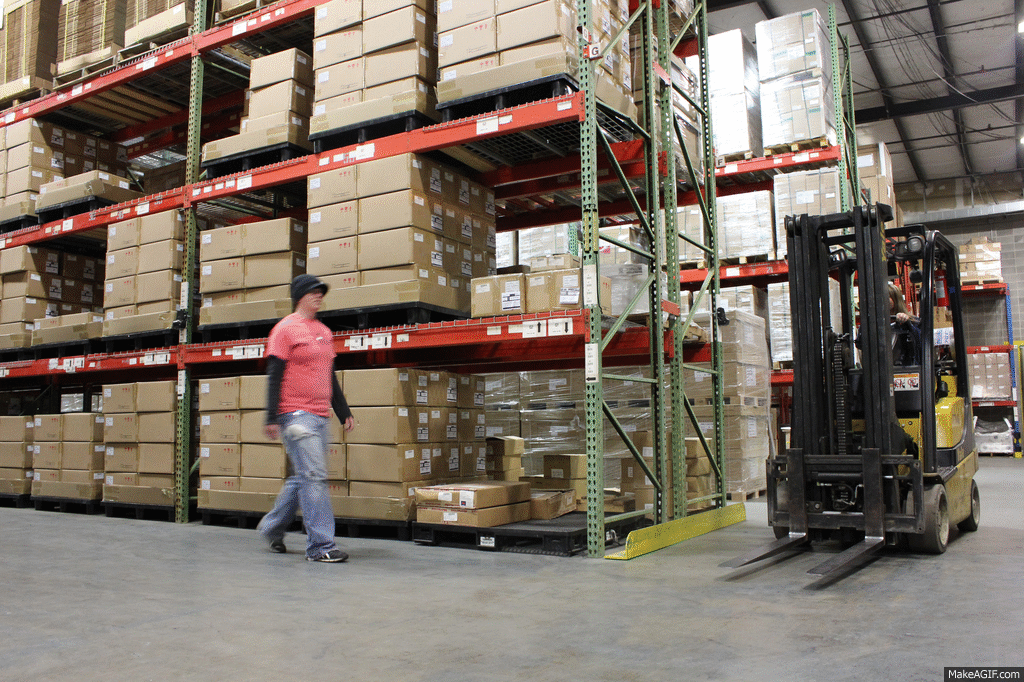 Consulting Engineer, Stephen J. Crowley, P.E., provides an informative bi-monthly survey of experimental license applications before the FCC. Here are a half dozen highlights from recent updates:
Consulting Engineer, Stephen J. Crowley, P.E., provides an informative bi-monthly survey of experimental license applications before the FCC. Here are a half dozen highlights from recent updates:
Zimmerman Associates filed an application (with supporting exhibits) for special temporary authority to test prototype equipment that uses ultra wideband (UWB) technology developed by Time Domain Corporation. The equipment generates a signal that is pulse position modulated. The position of the modulated pulse varies randomly in time producing an emission that approximates Gaussian noise. The nominal center frequency of the signal is 4.4 to 4.5 GHz with the half power point bandwidth at 3.1 to 5.6 GHz. The radiated power of the device is below the general limits set forth in Part 15. This testing is in support of a U.S. Army contract.
Worcester Polytechnic Institute filed an application (with supporting exhibits) for special temporary authority to operate on 512-608 and 614-698 MHz. This is in support of research and evaluation of equipment that uses radio-location technology to precisely identify the location of firefighters and firefighter deployed sensors within a building.
BAE Systems filed an application (with supporting exhibit) for experimental license to test a wireless link for use by the US Army between a soldier’s night weapon sight and night vision goggles. The wireless link will utilize WiMedia MB-OFDM Ultra-wideband technology. Operation is to be on 3.168-4.752 GHz.
Telcordia Technologies filed an application (with supporting exhibit) for experimental license to conduct testing on 495-505 and 525-535 kHz in support of deliverables under a Department of Defense research program for the Laboratory of Telecommunication Sciences. The project includes experiments to better understand vulnerabilities of critical infrastructure to natural and man-made phenomena. In particular, Telcordia proposes to conduct experiments on the impact of radio frequency interference (RFI) into advanced communications services such as broadband access. It proposes to do this by running short term transmission experiments at a number of locations using conventional AM transmissions, but just below the commercial AM band to avoid interference with commercial broadcasts.
The Los Angeles County Sherriff’s Department filed an application for which all details are not publicly available due to a request for confidentiality. From available exhibits, it seeks to conduct field testing and evaluation of a through-the-wall surveillance radar prototype developed by Akela, Inc. It appears operation will be in the band 500-3600 MHz.
Ticom Geomatics filed an application (with supporting exhibit) for experimental license to operate on various high frequencies in the 2-30 MHz range for test and development of direction finding techniques. As part of a US Navy contract, the company is extending high-frequency groundwave geolocation techniques to include skywave and near vertical incidence skywave (NVIS) signals. This work will include enhancements to a groundwave/skywave discriminator, extensions to include ionospheric modeling, and geolocation and error model enhancements.


One thought on “FCC Experimental License Updates”